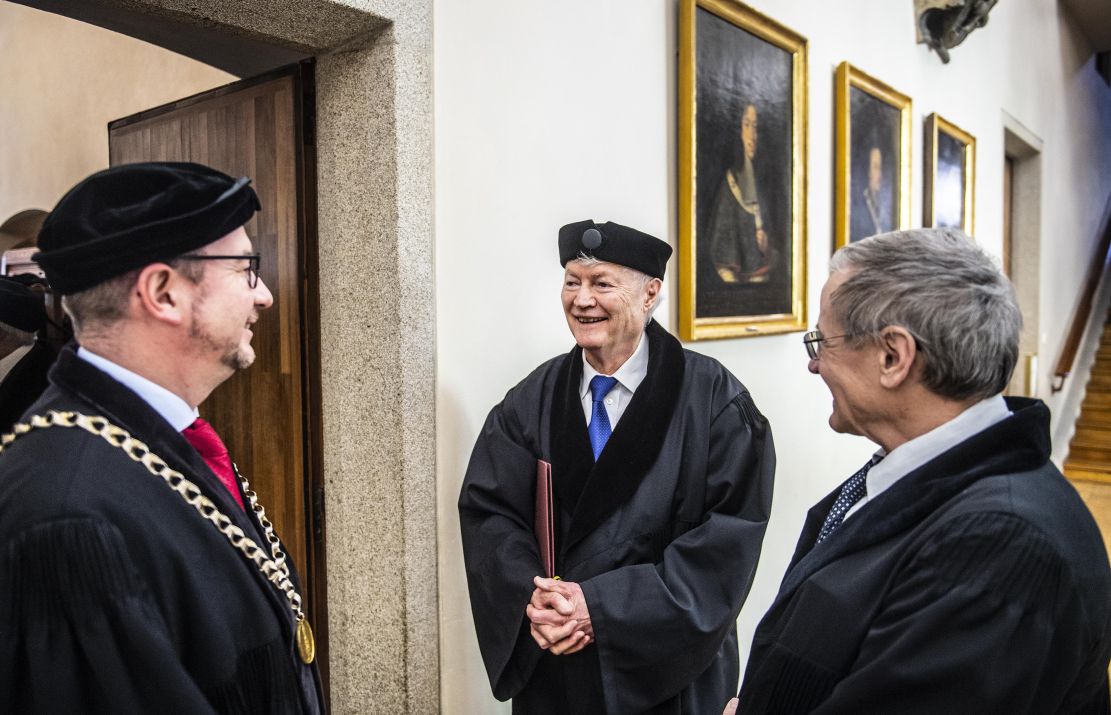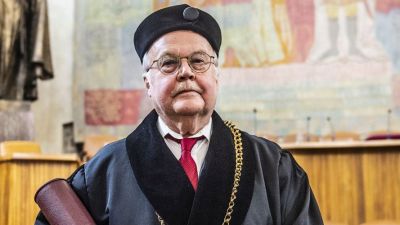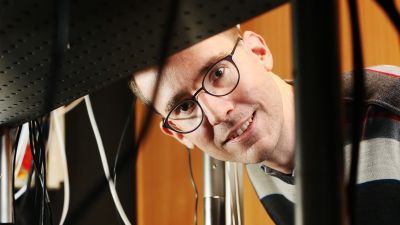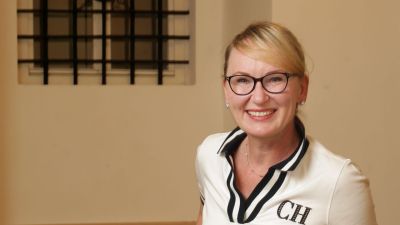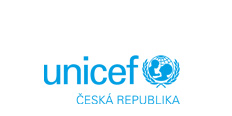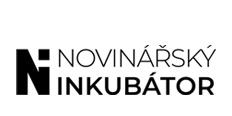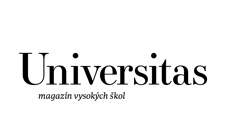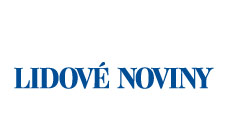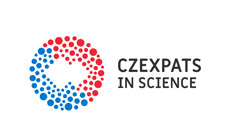In recognition of a lifetime of pioneering contributions to science, Professor Michael Grätzel, the celebrated chemist behind the invention of dye-sensitised solar cells, was recently awarded an honorary doctorate—Doctor Honoris Causa—by Charles University in Prague. The accolade, conferred by the Faculty of Science, marks the 16th honorary degree of Grätzel’s distinguished career, underscoring his enduring impact on both fundamental research and applied science. Forum magazine attended his heavily anticipated lecture.
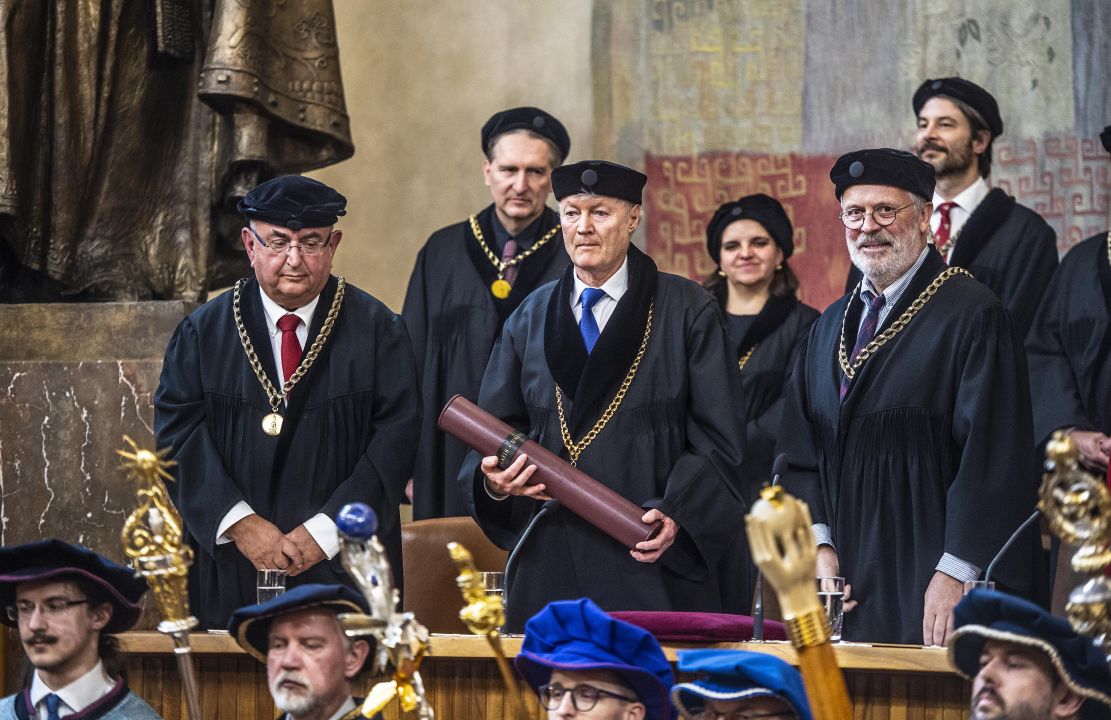
Celebrated chemist Michael Grätzel receives his honorary doctorate from CU on 4 March 2025. A day earlier, he spoke at the Faculty of Science.
In his lecture, Grätzel retraced the origins of his landmark discovery, first published in Nature in 1991. Reflecting on the initial resistance from the scientific community, Grätzel noted, "It took a long time because our seniors and mentors, at the beginning, didn’t believe in our approach. But as young people, we were undeterred: we had our approach, and it turned out to be correct. We wanted to contribute to reducing oil consumption and helping the climate." Together with physicist Brian O'Regan, Grätzel introduced a new class of solar cells based on a porous layer of titanium dioxide particles coated with a light-absorbing dye. The inspiration was to build on nature’s own method of energy conversion—the way plants harvest sunlight.
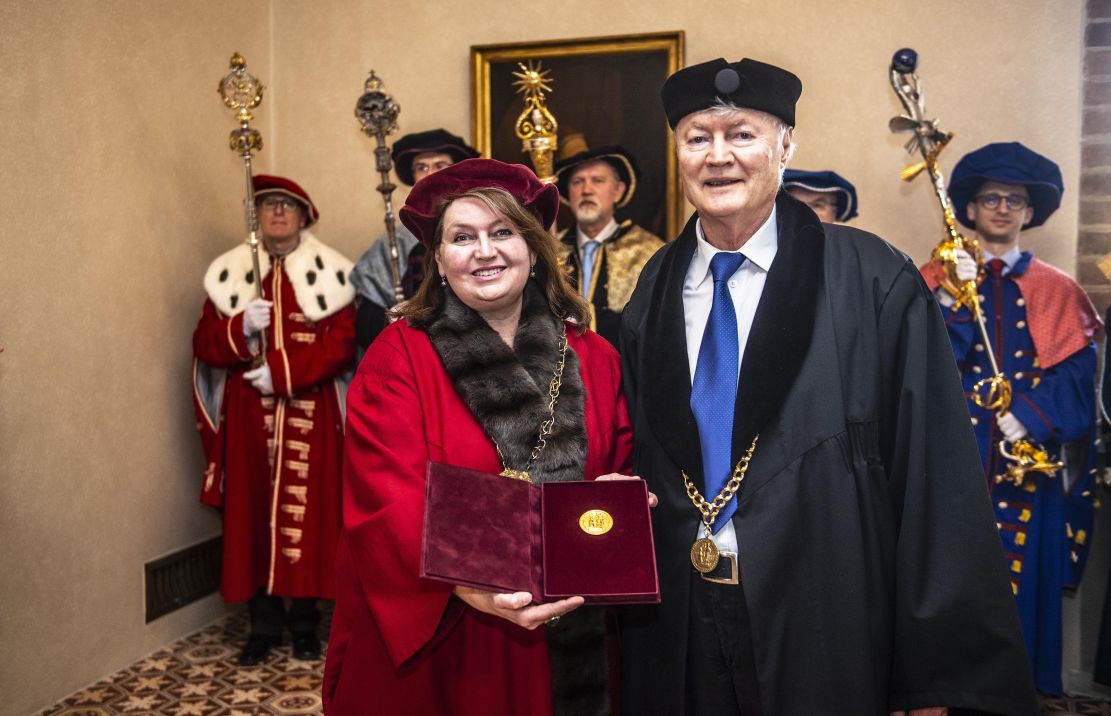
Michael Grätzel receives a commemorative gold medal from the Rector of Charles University, Milena Králíčková.
Their groundbreaking work eventually bypassed the need for high-purity silicon, instead mimicking photosynthesis to generate electricity from light using simple, low-cost materials. This innovation opened new avenues in renewable energy, gaining attention for its simplicity, efficiency under low-light conditions, and potential for flexible, transparent solar applications. Grätzel’s invention sparked a new chapter in solar energy research, leading to decades of follow-up innovation and commercialisation efforts worldwide. The underlying gel-based technology is now used in low-light energy harvesting applications, including wireless sensors, indoor electronics, building-integrated photovoltaics, and other emerging consumer technologies.
Grätzel shared slides of some of the many products now in commercial use and disclosed that he had been invited by Bill Gates to discuss the technology in depth. "He asked me to explain the technical processes, and we ended up discussing it for about four hours. He was really engaged," Grätzel recalled, displaying Gates had also sent him a letter.
In the years since, Grätzel’s work has not only shaped the field of photovoltaics but also advanced developments in batteries, photoelectrochemical systems, and nanostructured materials.
Beyond its scientific impact, the dye-sensitised solar cell has garnered attention for its environmental credentials and accessibility. The electrolyte gels and dyes used in the cells can be made from naturally occurring, non-toxic materials—a feature that has proved especially effective in public engagement. In early workshops and demonstrations, Grätzel and his colleagues experimented with a variety of organic dyes, including crushed raspberries, to show how light-sensitive compounds could generate electricity.
Grätzel fondly told how students were particularly enthusiastic about the experience: “The students are always very interested, and it has the added benefit that they could eat the raspberries afterwards,” he said, drawing laughs from the audience. Such a hands-on format became a popular tool.
As he often does, Grätzel explained how the simplicity of the science can surprise people: “A lot of people ask me about this. People are often surprised that you can build a working solar cell from natural materials.”
The appeal of Grätzel’s work lies not only in its scientific merit but also in its ability to engage the public with critical issues in sustainable energy. Through workshops, research, and his continued outreach, Grätzel continues to inspire the next generation of scientists and innovators to think outside the box.



